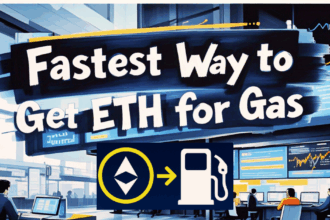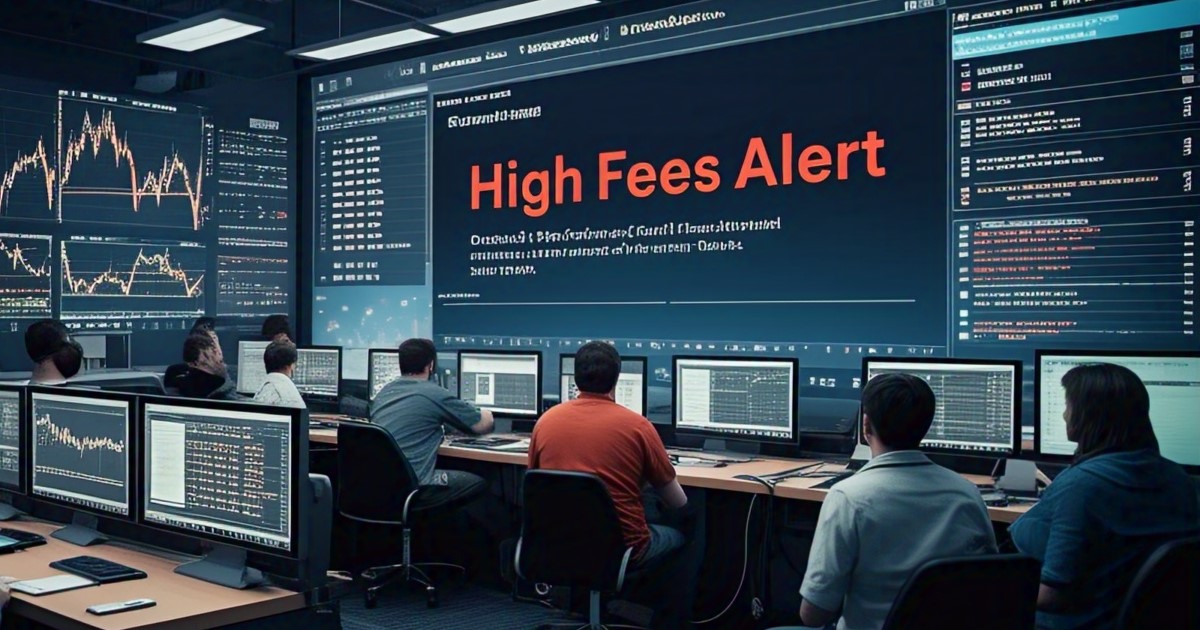Stop Losing Money to Hidden Gas Fees!
If you’ve ever tried using DeFi (Decentralized Finance), you probably noticed something frustrating—gas fees. How to budget for gas fees in DeFi, yo have to plan your transactions wisely, monitor network activity, and use cost-saving tools to keep your crypto costs low. These are the transaction costs you pay to use the blockchain. And if you’re not careful, they can eat up your profits.
You can plan ahead and budget for gas fees so they don’t take you by surprise. In this guide, you’ll learn simple steps to predict, manage, and reduce gas fees when using DeFi apps like Uniswap, Aave, and MetaMask etc.
What Are Gas Fees in DeFi & How to Budget for Gas Fees in Defi
Gas fees are the payments made to blockchain miners or validators to process your transactions on a network like Ethereum.
Quick Overview:
- Paid in ETH (Ethereum) for Ethereum-based transactions.
- Used when swapping tokens, providing liquidity, or staking in DeFi.
- Gas fees fluctuate based on network activity (more users = higher fees).
TIP: Gas fee for Ethereum changes rapidly during the day based on network congestion and user activity on Ethereum blockchain. Avoid peak hours to save gas fee on Ethereum.
Why You Should Budget for Gas Fees
Planning for gas fees helps you:
- Avoid unexpected costs.
- Make smarter decisions on when to transact.
- Keep your DeFi investments more profitable.
📉 Example: You might plan to stake $100 in a protocol, but if the gas fee is $50, it’s not worth it. Budgeting helps you avoid such losses.
📊 How to Budget for Gas Fees in DeFi: Step-by-Step Guide
Here’s how you can budget for gas fees easily:
1. Understand When Fees Are High: How to Budget for Gas Fees in Defi
Gas fees are higher during:
- Major NFT mints
- Token launches
- Busy trading hours (weekdays 1–6 PM UTC)
Tip: Use tools like Etherscan Gas Tracker or Blocknative to check current fees.
2. Choose the Right Time to Transact
To save money:
- Transact during low network activity – early mornings or weekends.
- Avoid major events (airdrops, launches, etc.)
Example: A $30 gas fee during peak hours can drop to $5 at night.
3. Set a Gas Limit and Gas Price in Your Wallet
When using MetaMask or other wallets:
- You can manually set gas fees.
- Choose “Low,” “Average,” or “Fast” options, or set custom values.
⚠️ Be careful: Too low gas = failed transaction, which still costs gas.
4. Estimate Total Costs Before Using a DeFi App
Before using any app like Uniswap or Aave:
- Calculate:
- Transaction cost (gas)
- Protocol fees (if any)
- Slippage (possible price changes)
✅ Use the app’s fee estimator or try a test transaction with a small amount.
5. Keep a Gas Fee Log
It sounds boring, but it helps! Maintain a simple spreadsheet or note of:
- Time of transaction
- Amount paid in gas
- Network congestion level
Over time, you’ll learn the best patterns to save money.
Also read: Crypto User Guide for BEGINNERS! What is Slippage and How to Avoid it in Cryptocurrency Trading?
6. Use Layer 2 Networks or Cheaper Blockchains
Ethereum gas is expensive. You can try:
- Arbitrum or Optimism (Layer 2 networks)
- Polygon (very low gas fees)
- Binance Smart Chain (cheaper than Ethereum)
✅ These chains work with popular DeFi apps and offer the same functionality.
7. Use Aggregators to Save on Fees
DeFi aggregators like:
- 1inch
- Matcha
- Zapper
…compare fees across platforms and find the cheapest way to trade.
8. Educate Yourself on Fee Refunds and Incentives
Some protocols refund gas fees or offer rebates for high-volume users.
✅ Check if:
- The protocol has gas incentives
- You qualify for loyalty programs (like dYdX or Loopring)
Optimizing Gas Fees: Advanced Techniques for DeFi Users
Summary: How to Budget for Gas Fees in Defi
- Learn how gas fees work.
- Track gas price trends using tools.
- Choose the right time to transact.
- Manually set gas price if needed.
- Estimate total costs before confirming.
- Consider using Layer 2 or other chains.
- Use aggregators to optimize transactions.
- Stay informed about incentives and fee refunds.
Final Thoughts: Smart Planning = More Profits in DeFi
Learn how to budget for gas fees in DeFi by understanding transaction costs, choosing the right time to trade, and using tools that help reduce and manage fees effectively
Gas fees are part of every DeFi transaction, but they don’t have to catch you off guard. With a little planning and the right tools, you can budget smartly, avoid overpaying, and maximize your returns.
💡 Whether you’re a beginner or an experienced DeFi user, budgeting for gas fees can help you grow your crypto wealth more efficiently.














